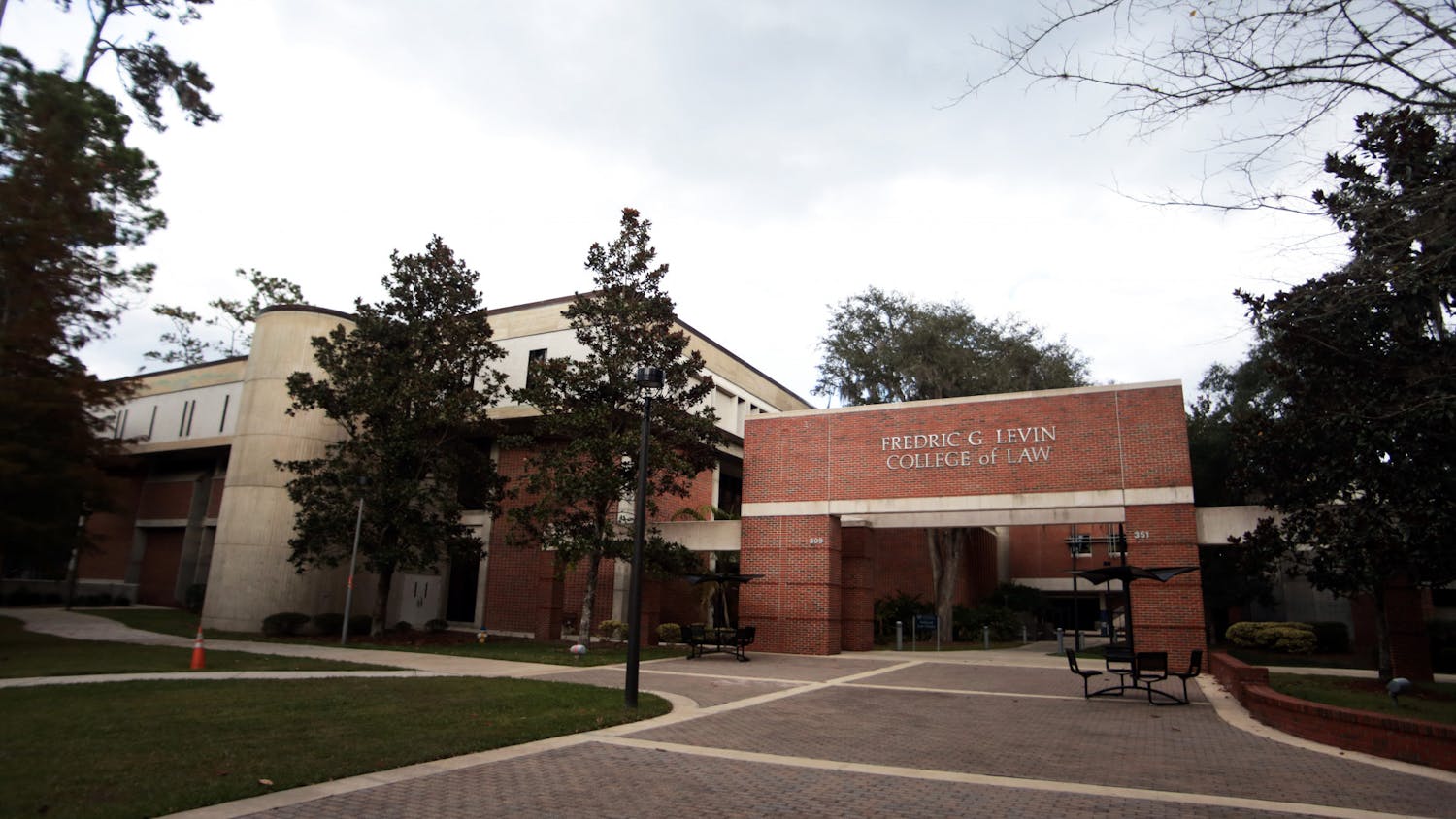On Oct. 27 I had the pleasure of attending the Florida Players’ production of “Raised In Captivity” at the Phillips Performing Arts Center.
“Raised In Captivity,” by playwright Nicky Silver, explores themes of family, love, relationship challenges and psychological deterioration. From a dysfunctional family comes two siblings, Bernadette and Sebastian, who deal with emotional turmoil and confusion throughout their entire lives. The two siblings meet for the first time in years at their mother’s funeral. Bernadette craves her husband, Kip’s, approval of her body as well as the knowledge that Sebastian’s life is not perfect so she can justify her unstable marriage and way of life. Sebastian’s life is far from perfect — a strained past with his mother affects every relationship he’s ever had with another man. Sebastian even claims that he cannot remember the last time he felt something for someone.
Nicky Silver’s warped, dark sense of humor acts as a nice topping to the angst and struggles of these characters’ journeys throughout the story. Silver shows us that despite pain, confusion, love and laughter one can always find a silver lining.
This cast brought to life a series of characters who possess tragic flaws and deal with internal destruction. It was a nice ensemble of people who seemed to genuinely care about their work and make discoveries throughout the show. Even so, I felt that we couldn’t physically see the transition from text to stage within terms of character development. At times I felt the entirety of the cast missed the point of the play, which was to show that life is nothing without a mess. They played into the pity rather than utilizing humor as a coping mechanism.
However, there were characters and moments that stood out. Trevor Spence, a UF freshman theatre major, captured my attention in his great portrayal of Sebastian Bliss. His work was fresh and believable, and he grasped the message quite well without overacting. I must also applaud the great climactic dynamic between Riley Shea who plays Bernadette Dixon and Spence who plays Sebastian. There was good exploration of the relationship toward the end of Act II with an intense scene during which they decide to raise Bernadette’s child together. Shea had great moments of stillness, empowerment and discovery. The two actors succeeded in the two most important jobs of an actor: listening and responding while feeding off of one another’s energy.
The direction, blocking and concept of the show was symbolic, organic and nicely executed thanks to director Raul Duran and stage choreographer Tiza Garland. Duran’s visual concept for the story was carried through the blocking with a great sense of humor simply through physical movement.
The actors didn’t always use the space to their advantage. They would cluster or go very far upstage during a monologue making it slightly difficult for audience members sitting in the back to see. However, the diversity in blocking and movement communicated the characters’ intentions well.
One particular blocking choice I loved was in a scene in Act II in which Sebastian’s mentally unstable therapist, Dr. Hillary Macmahan, played by Kelsey Cote, goes blind and stays with Sebastian, Bernadette and Kip. Hillary, who has an unhealthy obsession with her patient, is speaking to Sebastian. He does not realize she is blind until she starts talking to a wall instead of him. Upon this realization, Spence made great choices such as waving his hands in front of Hillary’s face, dancing around her and flailing about to ensure that he can exit without her knowing. This blocking created great situational irony.
The technical aspects of “Raised In Captivity” also went well with the overall concept because they were minimalistic yet contributed to the flow of the show. In terms of lighting design, there was nice use of color and mixture of wash. However, I wonder if the natural stage lighting during more casual scenes could’ve been brighter. During some instances it was difficult to see the actors and generally a broader range of light would be sufficient.
The set design was a perfect fit for the concept because it was also minimalistic. For example, the actors used the same furniture in mostly the same locations on the stage to represent different locations in the real world. The costume design was well thought out and a perfect fit for each character. One costume that stood out was Hillary’s white button-down shirt, black sweater and long skirt. Her costume was symbolic; she dresses modestly and professionally, which is paradoxical to her inner desires for Sebastian and Kip.
Overall, the Florida Players’ production of “Raised In Captivity” presented a good production concept that communicated themes of the importance of family bonds and that relationships are crucial in coping with difficult circumstances.
For those interested in seeing more by the Florida Players, the group will perform “All My Sons” on Nov. 10, 11 and 12. Tickets are free and can be reserved at floridaplayers.net.





